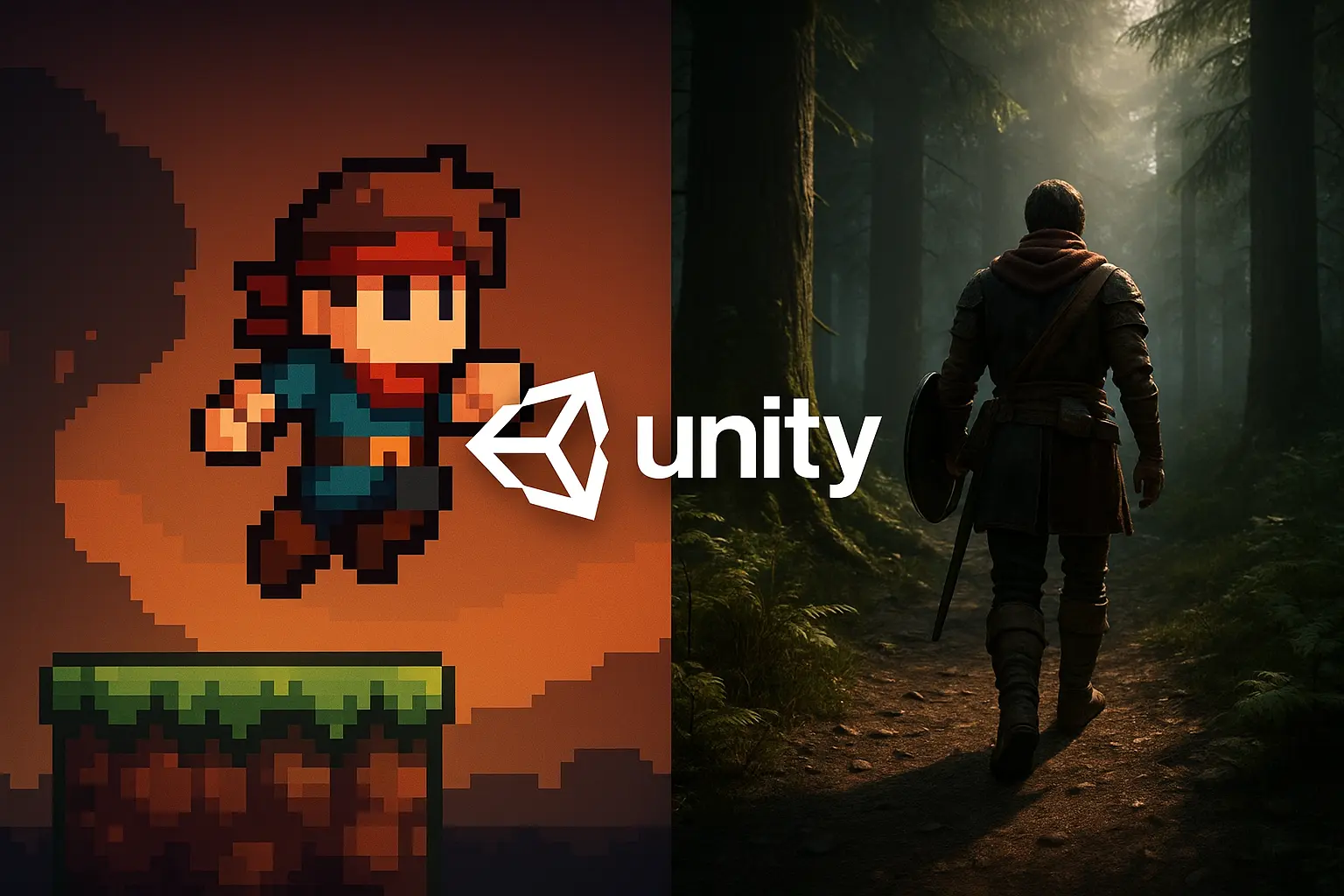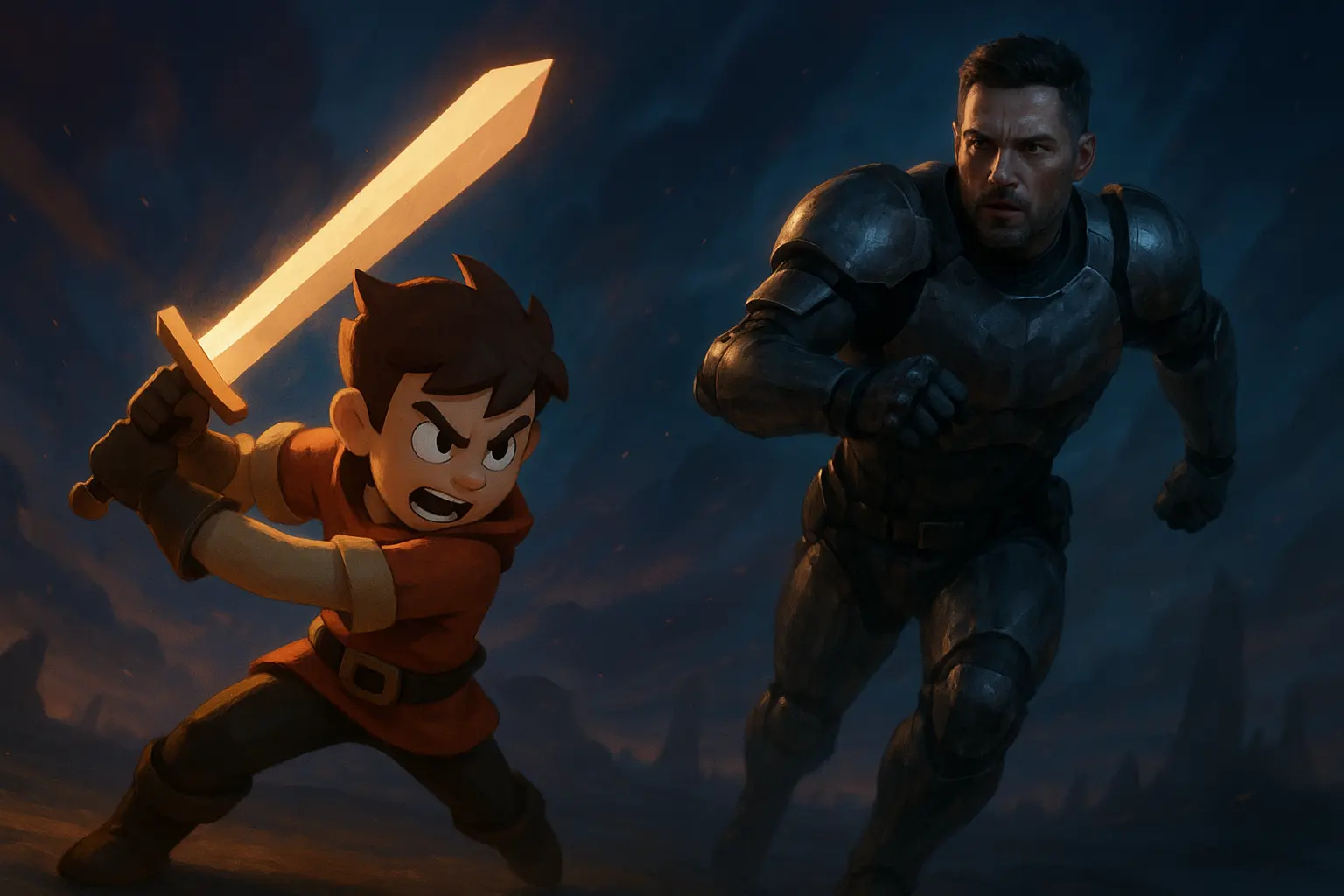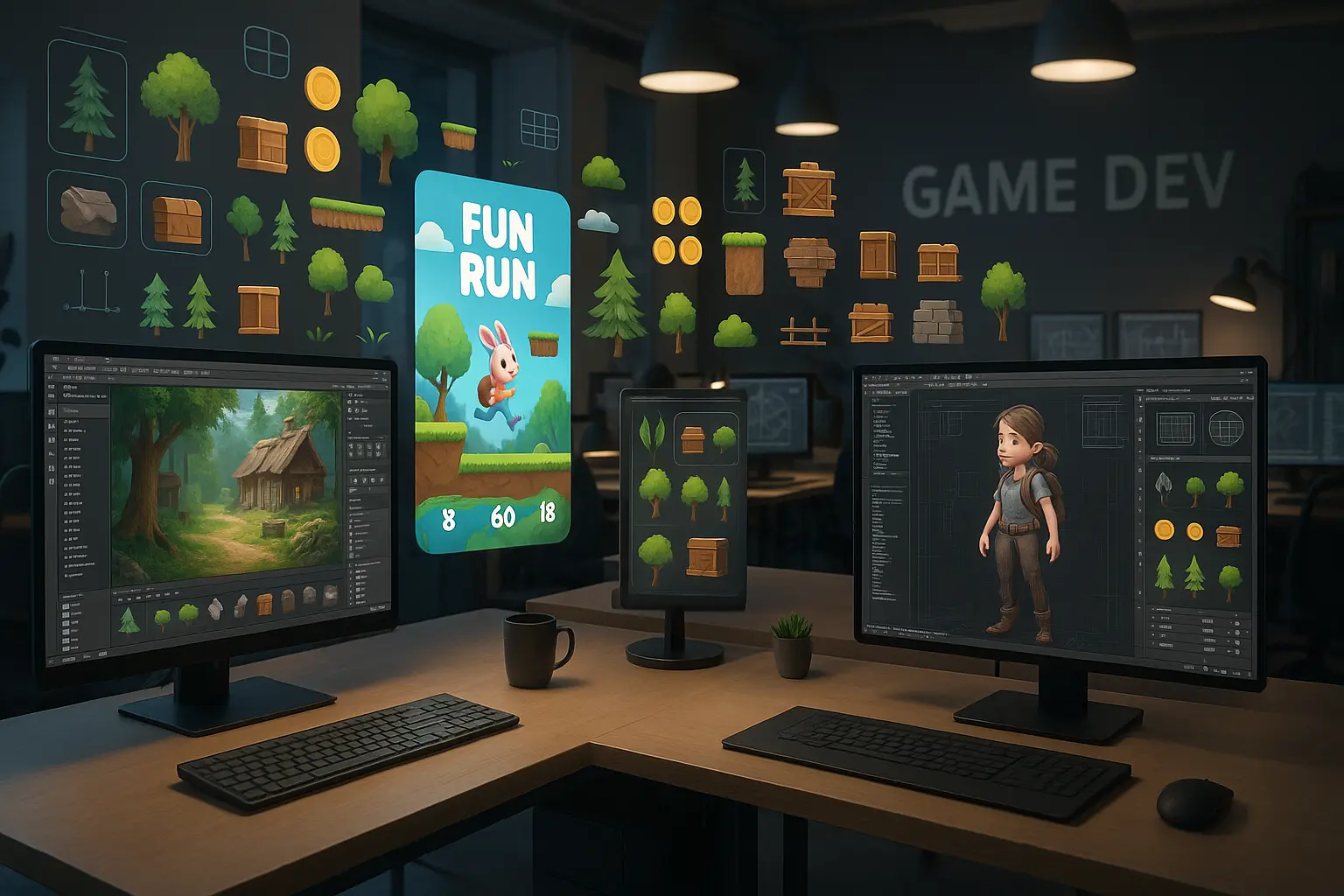Topology for Game-Ready Assets
Share:
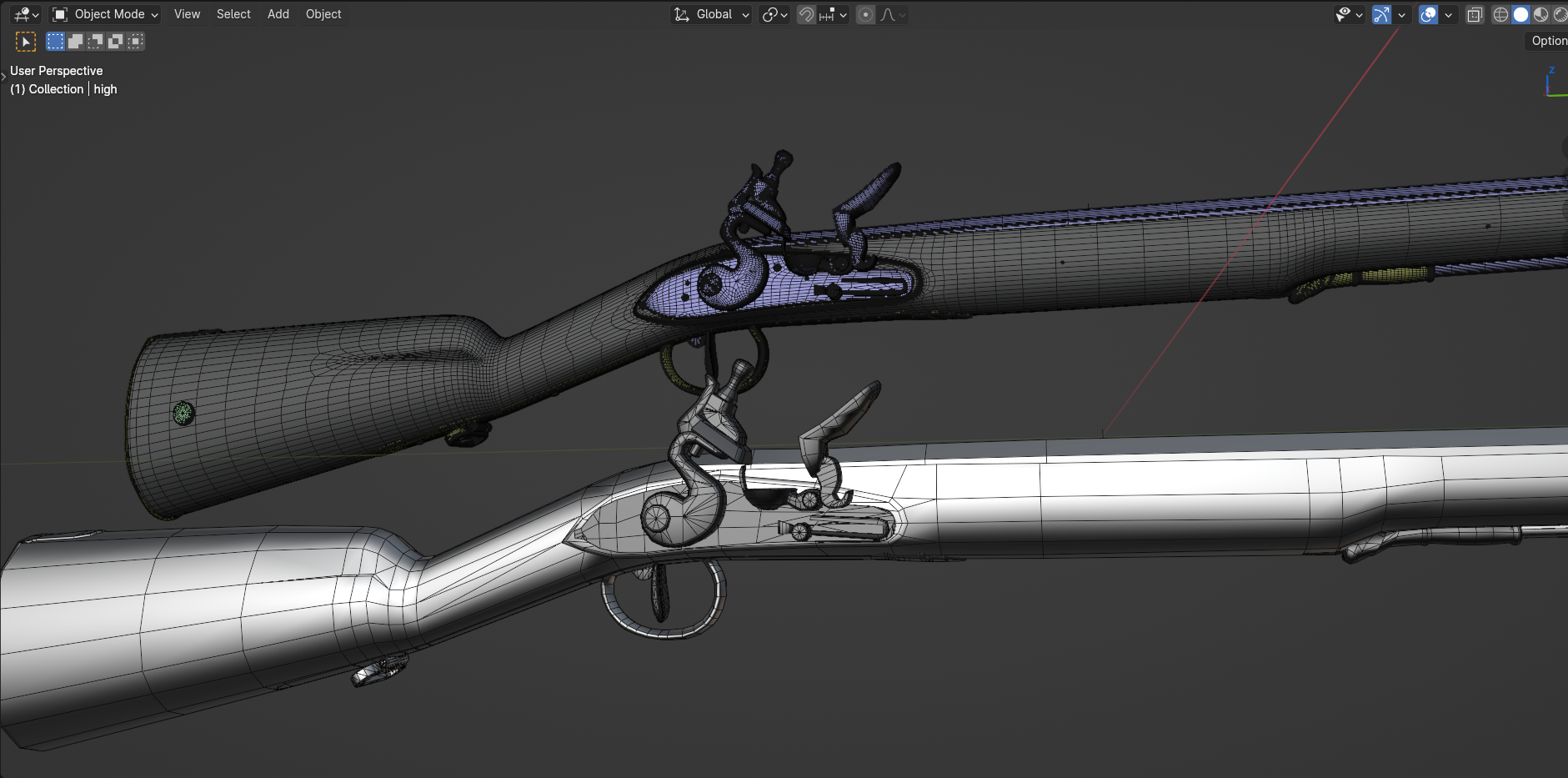
If you’ve ever modeled a character or prop for games in Blender and found yourself wondering whether your mesh is “clean enough,” this post is for you. Topology isn’t just a buzzword—it’s the foundation of good modeling, especially when it comes to game-ready assets.
In this guide, we’ll break down what makes good topology, how to optimize for performance, and best practices to ensure your assets are both beautiful and efficient in real-time engines like Unity or Unreal.
Topology refers to how the polygons (mostly quads or triangles) are arranged on your 3D model. Clean topology isn’t just about neat wireframes—it directly impacts:
- Deformation: Smooth animations and rigging.
- Optimization: Lower poly count for better performance.
- Baking: Better results for normal, AO, and other texture maps.
- Texturing: Cleaner UV maps with less stretching.
In game development, performance and aesthetics go hand-in-hand, and clean topology is what bridges that gap.
Table of Contents
ToggleTopology guidelines for clean mesh
1. Keep Polycount Optimized
- Target platforms matter: mobile, indie, or AAA have different budgets.
- Use as few polygons as necessary to define the shape.
- Focus detail where silhouette or animation demands it; rely on normal maps for surface detail.
2. Use Quads Primarily (But Tris Are Okay)
- Quads are preferred for sculpting, subdivision, and readability.
- Tris are acceptable for game assets since engines convert meshes to tris anyway but try to minimize them as much as possible.
- Avoid n-gons (5+ sides) — they can cause issues with shading and deformation.
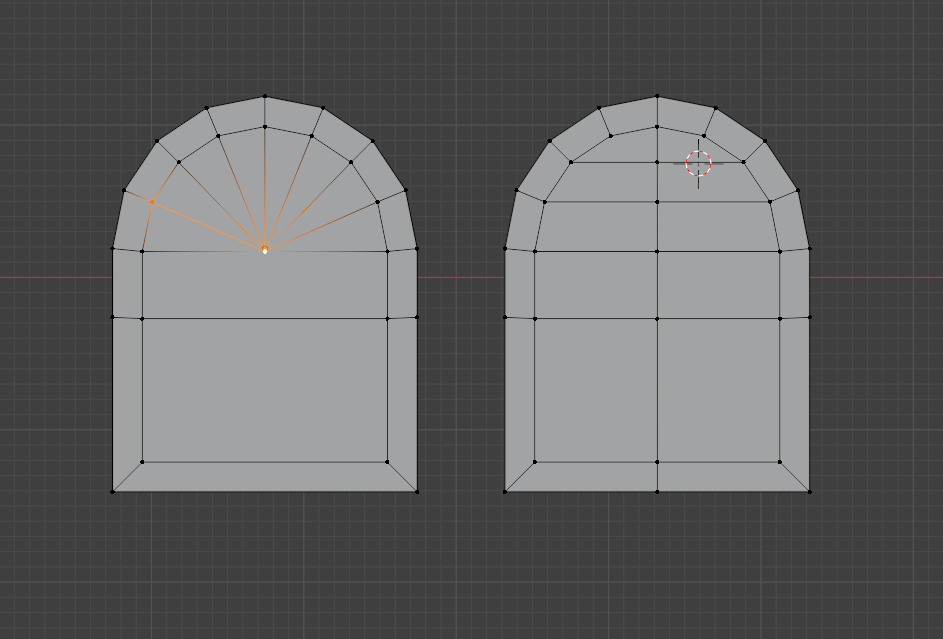
3. Clean and Logical Edge Flow
- Ensure loop-based topology for animated models (e.g., faces, limbs).
- Place edge loops around joints to support deformation.
- Minimize unnecessary poles (vertices with more than 4 edges) in smooth areas.
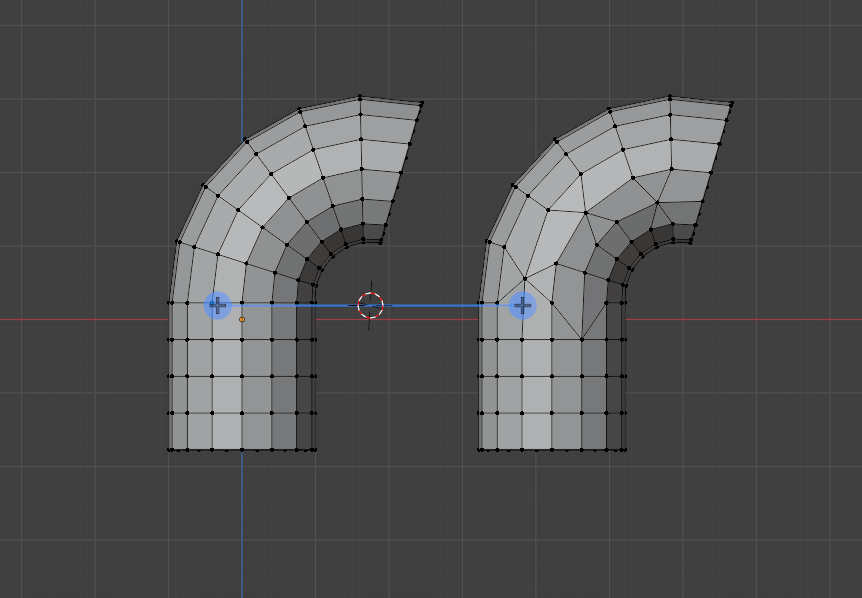
4.Baking-Friendly Geometry
- Low poly mesh should match the silhouette of the high poly as closely as possible.
- Avoid floating geometry intersections in the low poly that can cause baking artifacts.
low poly 388 tris
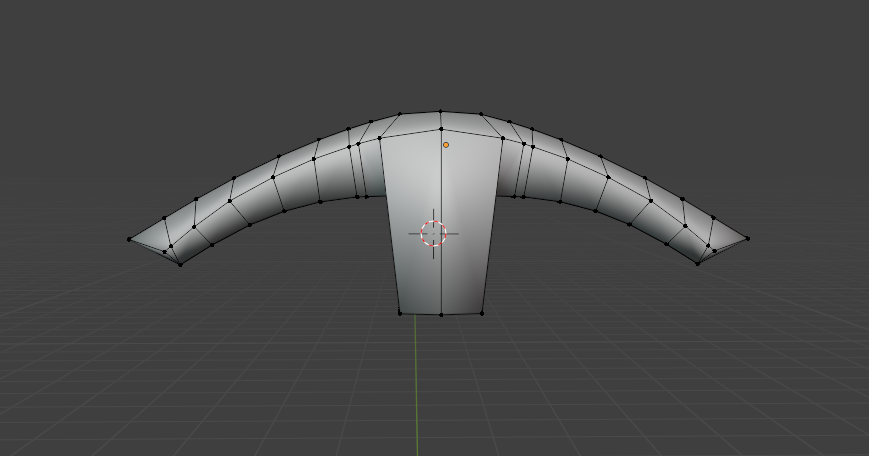
high poly 21600 tris
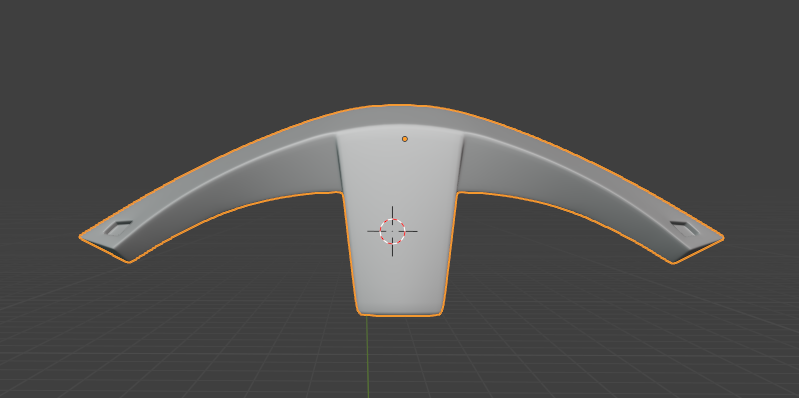
5.Animation Considerations
- Add extra loops around joints (elbows, knees, shoulders).
- Maintain good deformation with quads and proper flow.
- Avoid long skinny triangles — they deform poorly.
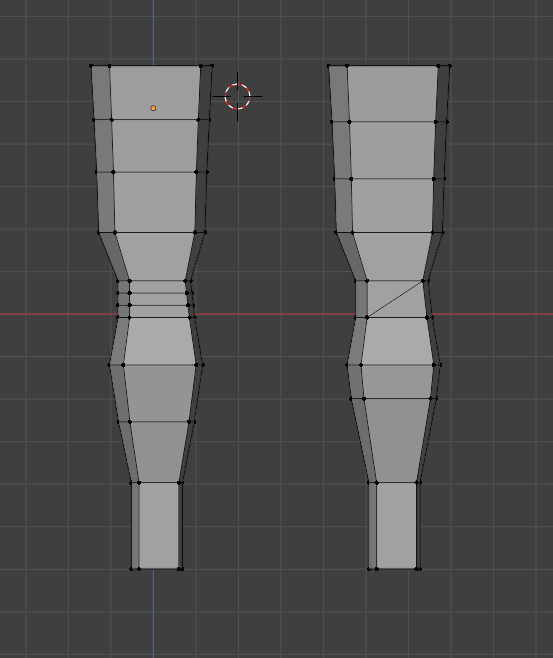
Bonus Tips
- Use hard edges + UV splits + normal maps together for better shading control.
- Keep your mesh manifold when possible (no open holes unless intentional).
- Apply all transforms and keep the mesh centered/oriented before export.
Examples of good topology vs bad topology
Hard Surface (e.g. weapons, props)
Good Topology:
- Clean edge loops only where needed (e.g., bevels).
- Hard edges are supported by extra edge loops or normal maps.
- Minimal tris, mostly quads.
- UV seams placed smartly (corners, hidden edges).
a Bad Topology:
- Tons of unnecessary edge loops.
- N-gons on flat surfaces — can break normals in game.
- Non-manifold geometry (floating faces, double verts).
- Shading issues due to inconsistent smoothing or bad normals.
Animated Character
Good Topology:
- Clear edge loops around joints (elbow, knee, shoulder).
- Face has loops for eye, mouth, nose deformation.
- Balanced polygon density — no super-dense areas unless needed.
- Symmetrical when needed, UVs use mirrored parts to save space.
Bad Topology:
- Poles (5+ edges) near bending areas.
- Dense, messy mesh in the face — hard to rig/animate.
- Lack of supporting loops = collapsed knees/elbows when rigged.
- Over-reliance on tris in deformation zones.
Good Topology:
- Follows muscle/skin flow (even for stylized creatures).
- Extra loops in high-deformation zones (neck, back).
- No lumpy geometry — surface should be smooth at the low poly level.
- High-res sculpt baked into normal map cleanly.
Bad Topology:
- Triangles creating pinching/stretched surfaces.
- Loops that don’t follow body structure.
- Floating geometry (unless you’re using it intentionally for modular pieces).
- Random density — areas with too many or too few polygons.
final Thoughts
Clean topology isn’t about perfection—it’s about purpose. Every edge, vertex, and polygon should have a reason to exist. Whether you’re building a sci-fi gun, a fantasy sword, or a stylized character, clean and efficient topology makes your work shine in both the viewport and the game engine.
So next time you fire up Blender, take a minute to zoom in, inspect your wireframe, and ask yourself: Does this make sense for the game?
